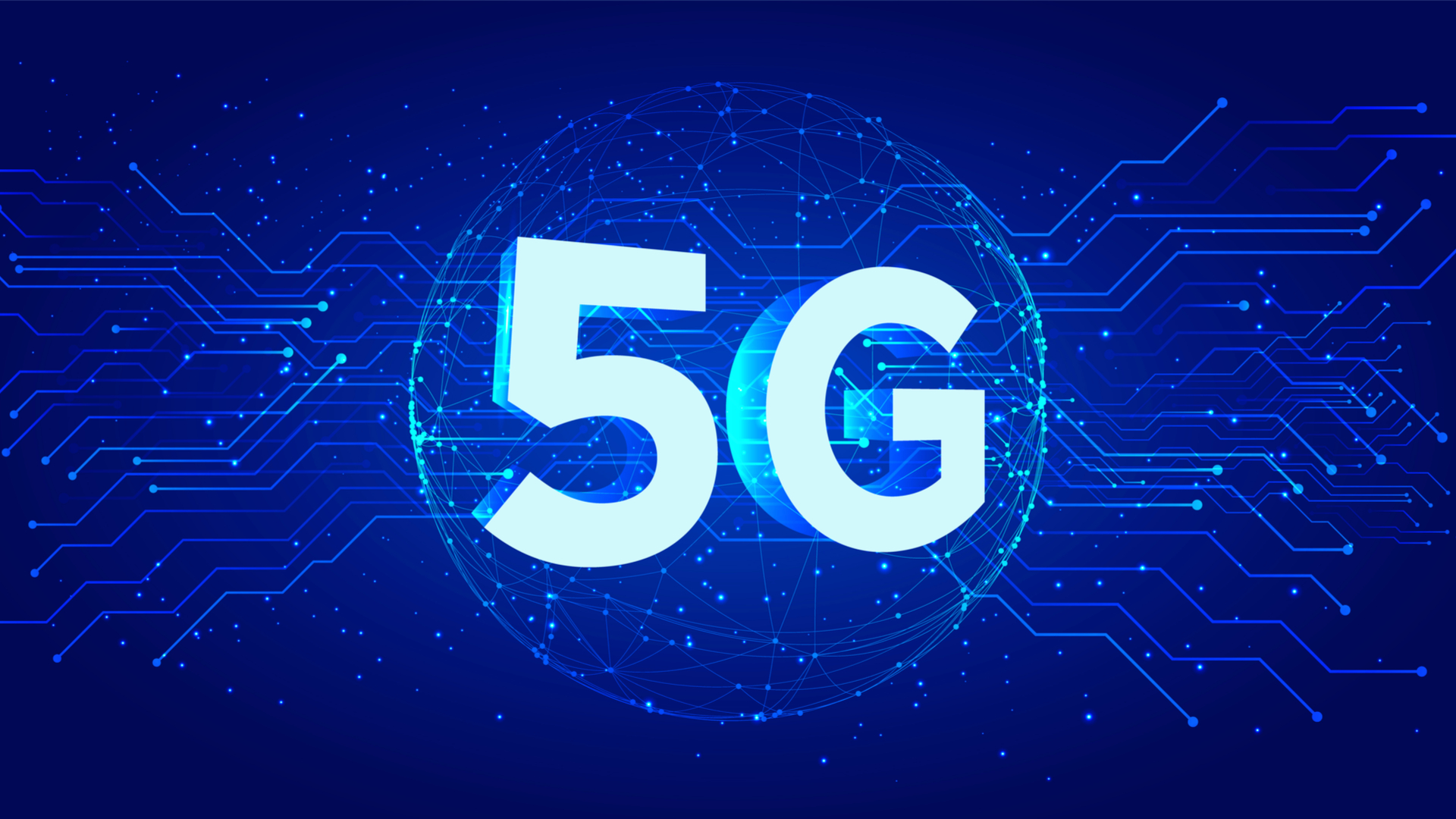US 5G data shows urban-rural digital divide
Large cities are more likely to have strong 5G availability


5G performance is now widely available across the US, but performance varies substantially, according to an analysis published this week.
Opensignal, a company that publishes regular reports on carrier performance, measured 5G availability, download speed, video experience, and gaming experience in 250 cities nationwide. It found that east coast users got the best experience, followed by west coast users, and then Great Lakes residents. Almost all states with a “good”-ranked gaming experience were on the east coast.
New York had the fastest 5G download speeds, achieving a mean speed of 114Mbps, while New Jersey scored highly on availability, gaming experience, and download speed.
Vermont performed poorly in download speeds, with a mean speed of 42.2Mbps. It was also the state with the lowest 5G availability, with users there spending only 5.7% of the time connected to 5G networks.
Poor download speeds didn't stop Vermont ranking best for 5G video experience, demonstrating download speeds alone aren't responsible for the quality of streaming video. Latency, which depends partly on where the user accesses the video, also plays a role in video experience.
Hawaii saw high download speeds, but it ranked low in video and gaming experience. This is probably because Hawaii-based users access data from farther content delivery networks than many continental users, Opensignal said.
Nevertheless, 5G video experience ratings were still good across the whole US, other than Alaska, which achieved only a “fair” rating.
Sign up today and you will receive a free copy of our Future Focus 2025 report - the leading guidance on AI, cybersecurity and other IT challenges as per 700+ senior executives
In general, availability was higher in urban areas with large, dense populations, indicating a 5G deployment strategy that viewed these regions as the most profitable investment areas. "People in less populated states, or those with a significant rural population like Maine and West Virginia, will likely have to wait further before seeing 5G bridge the urban-rural mobile experience divide," the report warned.
Government regulations or incentives could stimulate faster investment in rural areas, the report added.
The US came second only to North East Asia in 5G deployment, according to a report from Ericsson in July. It found that 4% of mobile subscriptions were 5G-based, compared to just 1% in Europe.
Danny Bradbury has been a print journalist specialising in technology since 1989 and a freelance writer since 1994. He has written for national publications on both sides of the Atlantic and has won awards for his investigative cybersecurity journalism work and his arts and culture writing.
Danny writes about many different technology issues for audiences ranging from consumers through to software developers and CIOs. He also ghostwrites articles for many C-suite business executives in the technology sector and has worked as a presenter for multiple webinars and podcasts.
-
 Trump's AI executive order could leave US in a 'regulatory vacuum'
Trump's AI executive order could leave US in a 'regulatory vacuum'News Citing a "patchwork of 50 different regulatory regimes" and "ideological bias", President Trump wants rules to be set at a federal level
-
 TPUs: Google's home advantage
TPUs: Google's home advantageITPro Podcast How does TPU v7 stack up against Nvidia's latest chips – and can Google scale AI using only its own supply?
